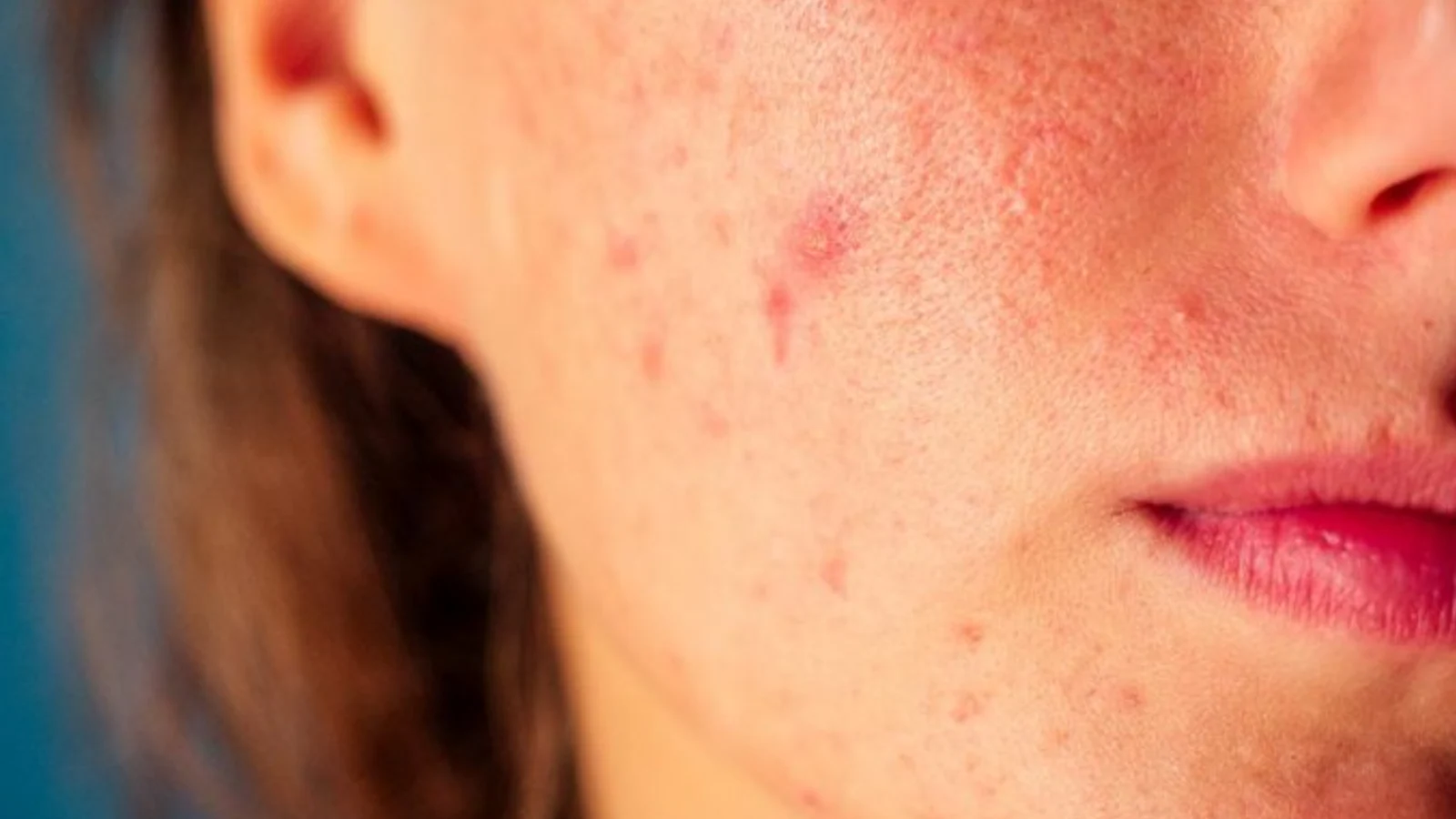By Howard Lloyd,Neil Shaw
Copyright dailyrecord

As the nights draw in and people reach for their candles, a doctor has issued a stark health warning. It is not just the fire risk that needs to be considered, with over 1,000 fires linked to candles each year, equating to three per day, predominantly between October and February. The majority of these candle-related fires occur between 9pm and midnight, with sleep being a contributing factor in 10 per cent of cases. However, health experts warn there are other hidden dangers associated with candles. Dr Hana Patel, an NHS GP and GP Medico-Legal Expert Witness, highlighted that chemicals released from candles can often trigger allergies and asthma, potentially causing flare-ups, particularly with fragranced candles and those made from paraffin wax. Dr Patel warned: “When scented candles are lit indoors, several harmful gases are released. They range greatly, from those known to have no effect on health, to ones that may be cancerous. The discharge of combustion gases like carbon monoxide or nitrogen oxide would contaminate the interior environment, according to studies done in environmental test chambers. “A number of polycyclic aromatic hydrocarbons that have been identified as carcinogens, such as naphthalene, anthracene, and pyrene, were also found in candle fumes that are products of wax, aroma substances, or combustion dyes. The most common complaints from those who had been exposed to scented candles were vertigo, headaches, mucosa irritation, respiratory issues, watery eyes, sneezing, stuffy nose, chest tightness, and a dry or irritated throat.” One investigation into scented candle users discovered that 24.8% of users experienced health problems, with 15.2 per cent enduring headaches, 8.9 per cent reporting breathlessness, and 7.8% recording coughing fits. The researchers discovered that headache, sneezing, and wheezing symptoms worsened when candles were lit for longer than 60 minutes. Martin Seeley, senior sleep expert at MattressNextDay, revealed that lighting candles could be connected to deteriorating sleep quality, respiratory, cardiovascular, and cognitive problems and illnesses. Numerous widely-used candles available today are manufactured from paraffin wax, which, when lit, may potentially discharge hazardous chemicals into the atmosphere, including volatile organic compounds (VOCs) such as benzene, acetaldehyde, and formaldehyde. These substances have been associated with lung difficulties, heightened risks of leukaemia and other blood cancers, and even DNA harm with excessive or extended exposure. The greatest danger stems from prolonged exposure to both VOCs and particulate matter combined. Extended contact with particulate matter has been connected to asthma episodes, heightened chances of heart problems, strokes, and even mental deterioration including dementia. Recent research indicates that brief exposure to air pollution, such as from burning candles, affects the brain’s capacity to concentrate and read others’ emotions. Martin explained: “Although candles are commonly used to wind down before sleep, research suggests that they can potentially harm sleep. The combined impacts from the release of chemicals have been linked to disrupted sleep patterns and breathing difficulties while sleeping. Long-term exposure to indoor air pollutants can decrease rapid eye movement (REM) sleep and general poor sleep quality. “It is well researched that light can heavily influence circadian rhythms, and some studies suggest that even the dim light given off by candles could suppress melatonin production, a hormone crucial for controlling the body’s sleep cycle. This can then make it harder to fall asleep and reduce overall sleep quality.”



